
Porsche 911 Turbo (2013-2019) interior, tech and comfort
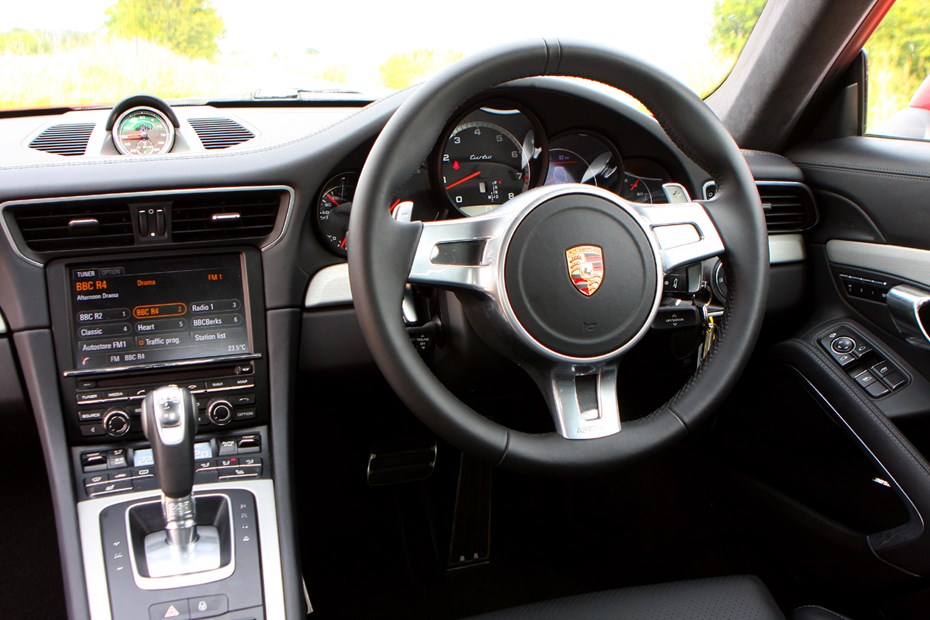
A very nice place to be indeed. The 911’s interior is attractive, high-quality and (mostly) thoughtfully designed.
In Porsche tradition, you sit low with a row of overlapping circular dials ahead, the rev counter in the middle. The speedometer’s 25mph increments are largely useless so you depend on the digital readout below the rev counter instead to keep track of your speed. And it’s important to keep an eye on it in this car – you can reach silly speeds very quickly if you’re not careful.
The dial on the far right enables you to scroll through different displays for the sat-nav, Bluetooth and audio system as well as various temperature gauges and even a G force plot and power bias graphics. You’re probably better keeping your eyes on the road than on these though.
Slightly fiddly controls for the air-con ahead of the gear lever are one of very few criticisms. There aren’t any audio controls on the steering wheel either, although if there were they might spoil its attractive minimal design.
The Turbo S has a different black and red interior colour scheme and 18-way adjustable seats rather than the regular 14-way chairs in the Turbo.
Porsche 911 Turbo comfort levels are surprisingly good given the uncompromising performance figures and it would be a relatively easy car to live with day to day. With a great driving position, well-suppressed noise levels and a decent stereo, a long journey is something to be enjoyed rather than endured.
The standard front seats are fantastic, both comfortable and supportive with a huge range of adjustment. Together with the electrically adjustable steering column it’s easy to get the driving position just so.
In ‘Normal’ chassis mode, ride quality is pretty fluid on bumpy roads considering the Turbo’s enormous 20-inch wheels. In ‘Sport’ mode it’s far less forgiving and the switch to set the suspension even lower is best left alone unless you’re on billiard table-smooth tarmac.


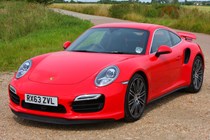
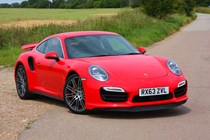
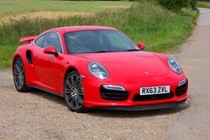
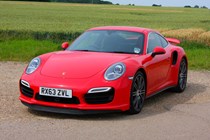
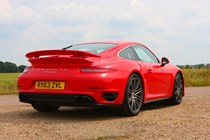


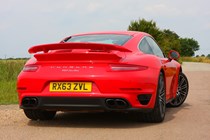

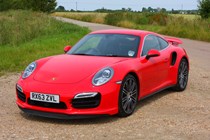
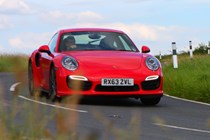
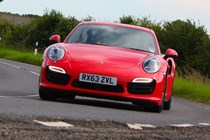
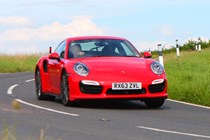
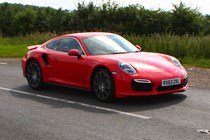
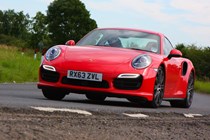
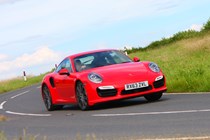
.jpg)
.jpg)
.jpg)
.jpg)
.jpg)
.jpg)
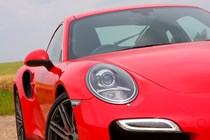
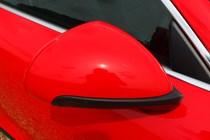
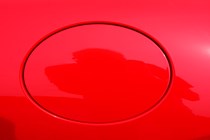
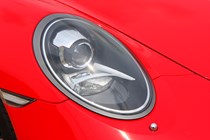
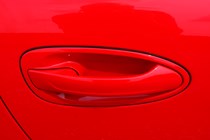

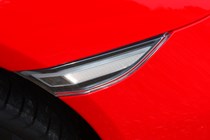
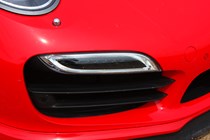
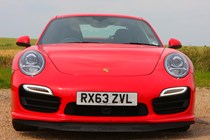
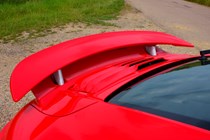
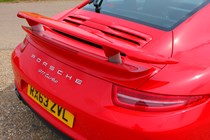
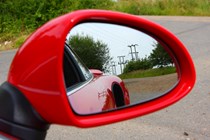
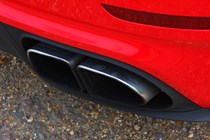


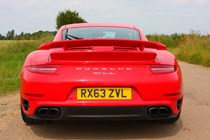
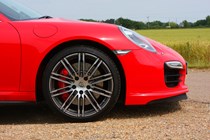
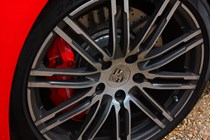
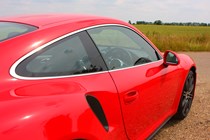

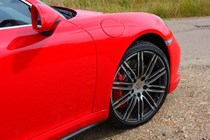

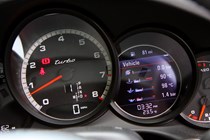


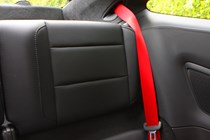
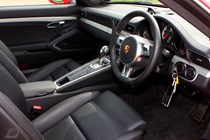
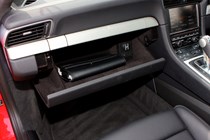
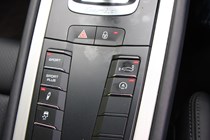
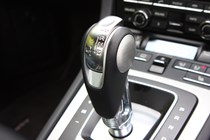
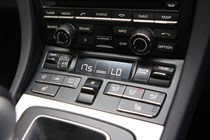
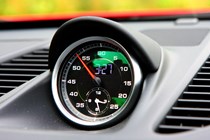
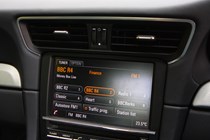
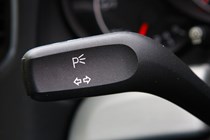
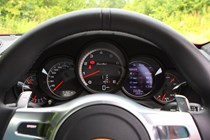
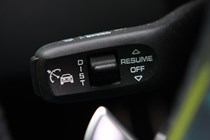
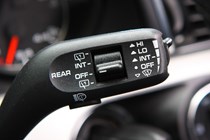
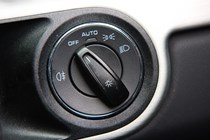

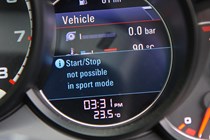
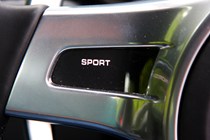
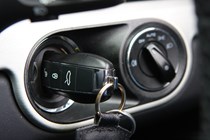
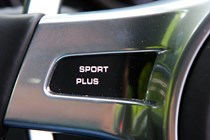
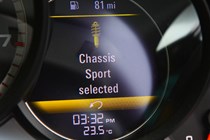
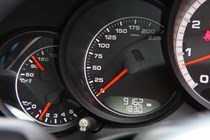
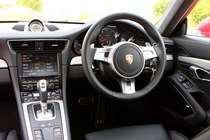
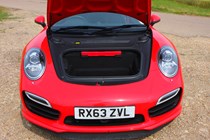
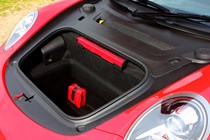
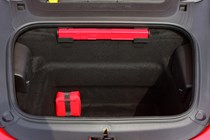
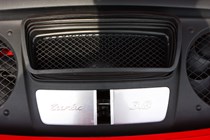
















.jpg?quality=50)
.jpg?quality=50)
.jpg?quality=50)
.jpg?quality=50)
.jpg?quality=50)
.jpg?quality=50)

















































